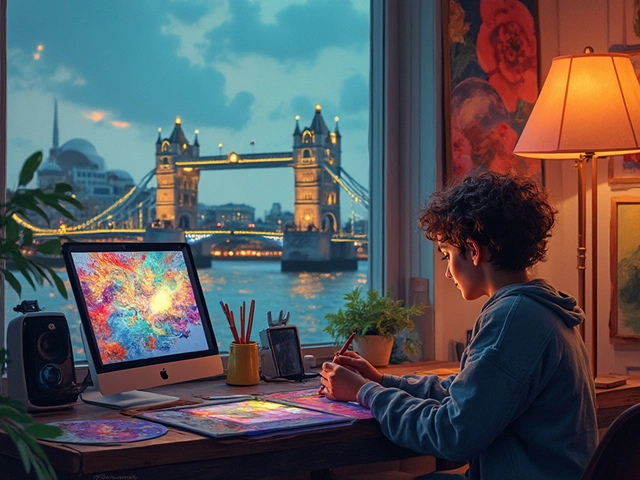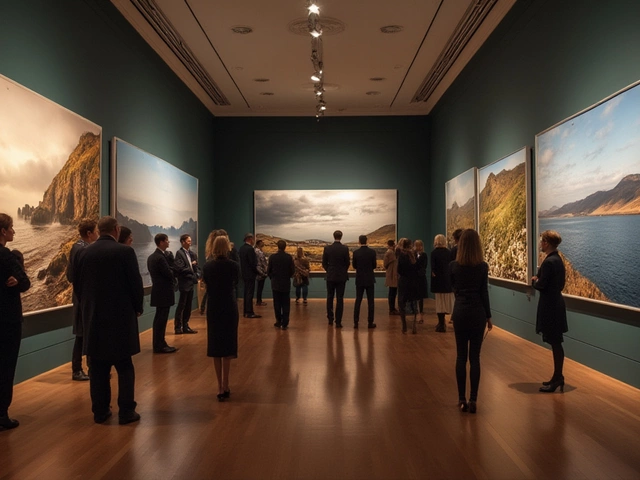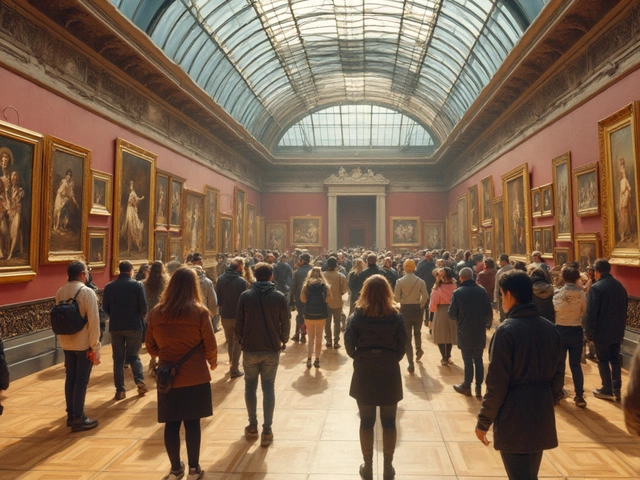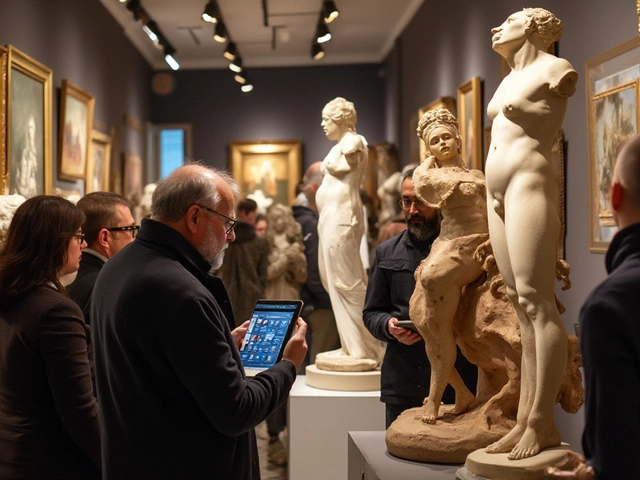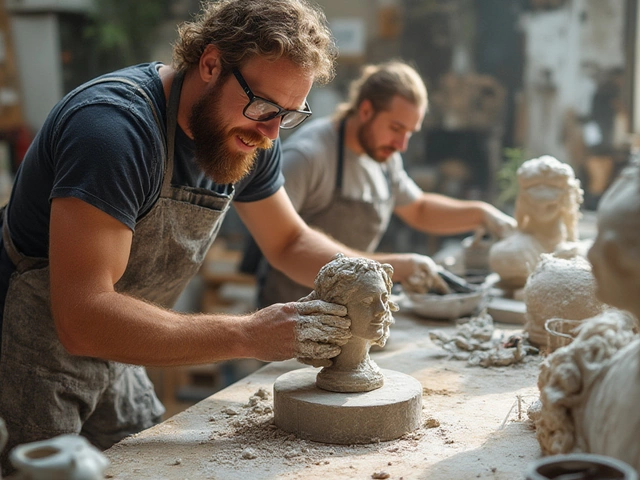Van Gogh Style – Master the Post‑Impressionist Look
When working with Van Gogh Style, the bold, swirling brushwork and vivid palette made famous by Vincent van Gogh. Also known as Post‑Impressionist brush‑driven expression, it captures emotion through texture and color. This style encompasses Post‑Impressionism, a movement that broke free from Impressionism’s soft focus to stress personal vision, and it requires Impasto technique, the heavy application of paint that creates a three‑dimensional surface. Color theory, the study of how colors interact and affect mood heavily influences this approach, because Van Gogh used contrasting yellows and blues to make his subjects pulse with energy. In short, Van Gogh Style is a blend of feeling, texture, and chromatic daring that still inspires artists today.
How the Style Connects to Landscape Painting, Digital Art and Modern Practices
One of the most recognizable applications of Van Gogh Style is in Landscape painting, depicting natural scenes with a strong emotional charge. Think of swirling cypresses or starry skies – the composition often follows the rule that a dynamic sky or ground guides the viewer’s eye, a principle also highlighted in modern Modern art principles, guidelines that help interpret abstract and contemporary works. When you translate that brush‑driven energy into digital media, the same concepts apply: you still need the impasto technique feel, but you achieve it with layer‑based tools, texture brushes, and AI‑assisted color palettes. Many digital creators today monetize this look through NFTs, prints, and stock platforms – a direct link to the post titled “Making Money with Digital Art”. The underlying idea is simple: the striking visual language of Van Gogh Style sells because it instantly grabs attention and evokes feeling.
Beyond landscapes, the style also informs abstract experiments. Articles like “Are There Rules to Abstract Art?” point out that even chaotic compositions rely on hidden guidelines, much like Van Gogh’s controlled chaos. By applying Van Gogh’s emphasis on bold strokes and saturated hues, abstract artists can create pieces that feel both spontaneous and purposefully composed. The same logic helps portrait painters who want a more expressive edge; they borrow the swirling outlines and vivid underpainting to give faces a livelier presence. In every case, the core semantic link is that Van Gogh Style influences brushwork, requires strong color decisions, and connects to both traditional oil practices and cutting‑edge digital workflows.
So whether you’re a beginner eyeing your first oil canvas, a digital creator looking for that next eye‑catching brush pack, or a seasoned artist wanting to refresh your palette, the collection below gives you practical guides, historical context, and step‑by‑step tactics grounded in Van Gogh Style. Dive into the posts to see how post‑impressionist theory meets modern money‑making tactics, learn the exact steps for mastering impasto on a tablet, and discover why the emotional power of color remains the secret sauce behind timeless landscapes.
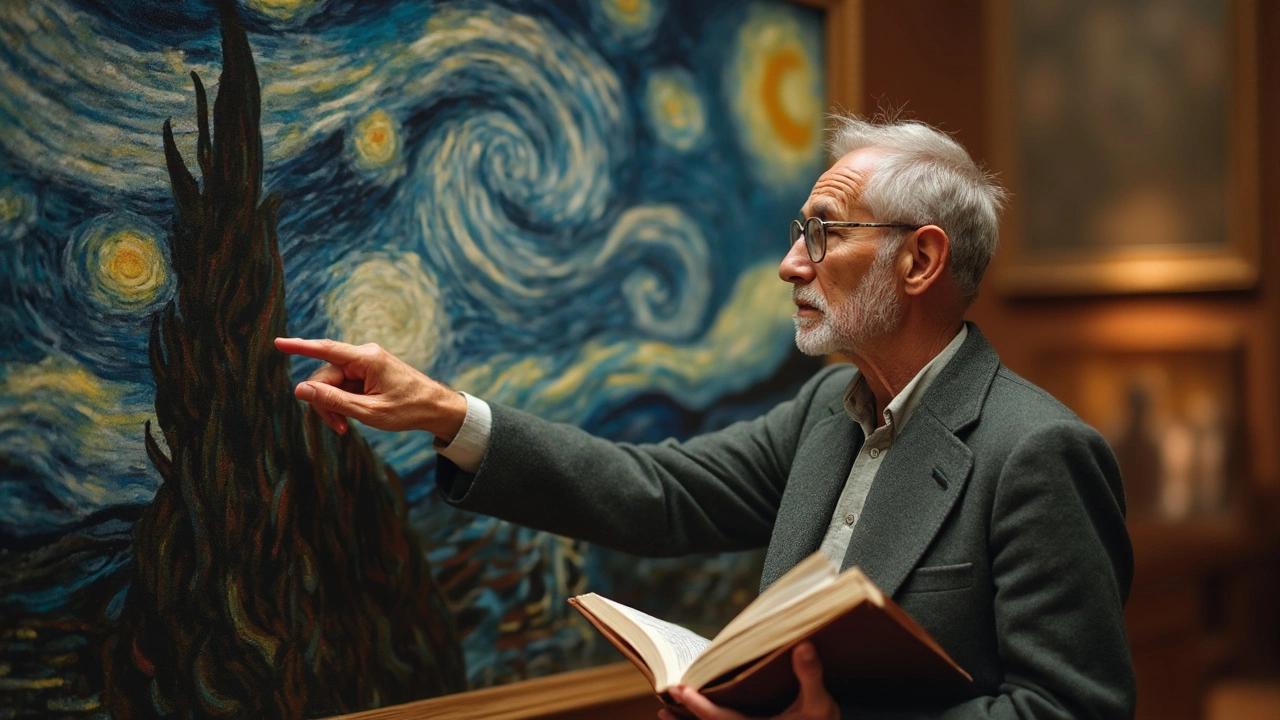
Dig deep into van Gogh's techniques and find out if he truly painted abstract art, with examples and expert insights from art history.
